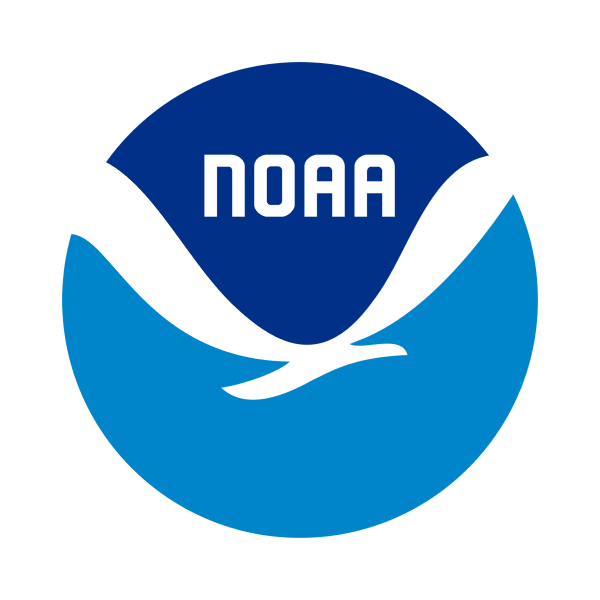University of Florida and Florida’s Fish and Wildlife Conservation Commission removed debris from vessels and structures generated by Hurricane Michael in St. Andrew, St. Joseph, and Apalachicola Bays.
Type of Project: Hurricane Response Marine Debris Removal Fund
Region: Florida
Project Dates: November 2020 - September 2023
Who is involved?
With support from the Hurricane Response Marine Debris Removal Fund, a partnership between the NOAA Marine Debris Program and National Fish and Wildlife Foundation, the University of Florida and Florida Fish and Wildlife Conservation Commission removed vessel and structural debris remaining from Hurricane Michael in St. Andrew, St. Joseph, and Apalachicola Bays.
What was the project and why is it important?
Hurricane Michael made landfall between Tyndall Air Force Base and Mexico Beach as a devastating category 5 hurricane. St. Andrew, St. Joseph, and Apalachicola Bays were severely impacted by the storm, causing damage to vessels and generating debris from damaged buildings and other structures.
The University of Florida partnered with the Florida Fish and Wildlife Conservation Commission to remove debris remaining after initial clean-up by emergency response agencies. Side scan sonar was used to locate sunken vessels for removal. The project also created a volunteer Vessel Turn-in Program, allowing legal vessel owners to apply for removal funding.
What were the results?
Through this project, 80 vessels were removed from Bay, Gulf, and Franklin counties, totalling over two million pounds of debris. By removing these vessels, over 130,000 acres of important habitat were restored and protected.
 An official website of the United States government.
An official website of the United States government. 
